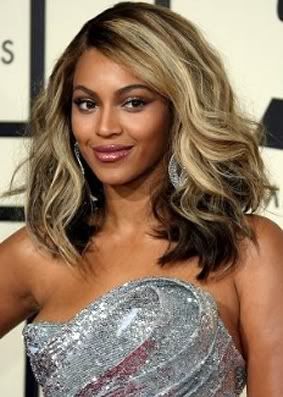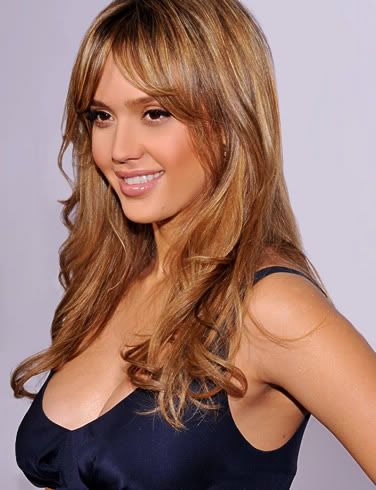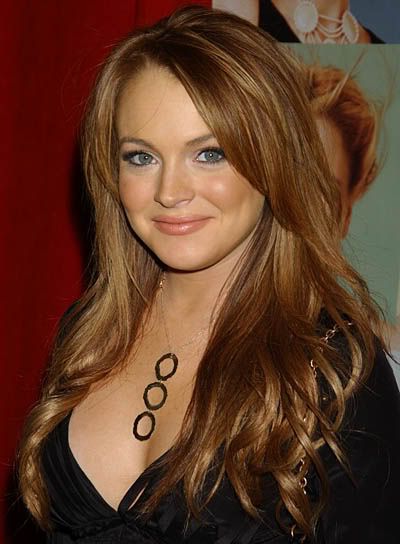Surfactants are the single most important ingredient in shampoos. Surfactants, such as anionic, clean the natural oils off of the hair. Some surfactants irritate the scalp, while others are gentle (like the kind in baby shampoo). They can add lather to the wash or not lather at all. The biggest difference between the good and the bad surfactants is the size of the molecule. Small molecule ingredients can penetrate the skin, causing irritation. Large molecule ingredients are considered to be mild, gentle, and non-irritating, as they cannot penetrate the skin.
Ingredients to avoid: Triethanolammonium Lauryl Sulfate · Sodium Lauryl Sulfate · Sodium Laureth Sulfate · Ammonium Lauryl Sulfate · Ammonium Laureth Sulfate · Sodium Methyl Cocoyl Taurate · Sodium Cocoyl Sarcosinate · Potassium Coco Hydrolysed Collagen · TEA (Triethanolamine) Lauryl Sulfate · TEA (Triethanolamine) Laureth Sulfate · Lauryl or Cocoyl Sarcosine · Disodium Oleamide Sulfosuccinate · Disodium Laureth Sulfosuccinate
How confusing. Some of the these ingredients have just a few letters separating the differences between them. These small molecule ingredients are capable of penetrating the skin, increasing the occurrence of skin irritation and dermatitis. AKA: harsh, drying, and irritating. They also add a ton of other ingredients to add moisture back into the hair. Totally unnecessary, not to mention CHEAP. Sorry, I know I said I'd be unbiased. They are inexpensive to make, therefore sell for less money. These surfactants are also used in car washers, floor cleaners, and engine degreasers....makes you think of what you are really putting on your hair.
Ingredients to look for: Sodium Lauroyl Sulfoacetate · Sodium Lauroyl Sarcosinate · Sodium Cocoyl Isethionate · Cocamidopropyl Betaine · Disodium Dioctyl Sulfosuccinate · Sodium Lauroyl Methyl Isethionate
Again, some of these ingredients look very similar to the harsh ingredients, but they are much different. These contain large molecule ingredients. Large molecule ingredients are considered to be mild, gentle, and non-irritating, as they cannot penetrate the skin.Write down the names of the "good" ingredients and the "bad" ones so you know what to look for without being confused. If you find your scalp is irritated easily by most shampoos, try looking for these ingredients on the bottle.
Pureology Pure Volume
*Water · The base ingredient in most shampoos
*Sodium Cocoyl Isethionate · a large molecule surfactant, derived from coconut oil.
*Sodium Lauryl Sulfoacetate · a large molecule surfactant derived from coconut and palm oils. Helps keep a rich luxurious lather
*Disodium Laureth Sulfosuccinate · a large molecule, mild surfactant found in gentle formula shampoos such as baby shampoo.
*Cocamidopropyl Hydroxysultaine · derived from coconut, a mild cleanser used to thicken shampoo and reduce irritation
*Sodium Lauroyl Sarcosinate · A direct substitution for sodium lauryl sulfate (floor cleaner). Effectively cleanses the hair without stripping or drying the hair and skin
*Cocamidopropylamine Oxide · Another ingredient derived from coconut oil, a thickener and a foam booster
*Decyl glucoside · Derived from sugar, a mild cleanser and foaming agent
Pantene Sheer Volume
*Water · The base ingredient in most shampoos
*Ammonium Laureth Sulfate · an effective cleansing agent that remove oils and dirt from hair and skin. A slightly larger molecule structure than Ammonium Lauryl Sulfate, but still quite harsh on the skin and eyes
*Ammonium Lauryl Sulfate · a small molecule surfacant, one of the harshest detergents out there next to Sodium Lauryl Sulfate. Both are irritants to the skin and eyes, and strips the hair of it's oils more than it needs to.
*Ammonium Xylenesulfonate · a surfactant usually added to thicken a mixture like shampoo, and to help keep some other ingredients in solution, including perfumes.
*Cocamide MEA · acts as a lathering agent increasing the viscosity or thickness of the lather, and of the hair. Can cause skin, eye and lung irritation...sorry guys, I am not making these up!!
*Fragrance · blends with unique combinations including essential oils and natural perfumes.
*Sodium Citrate and Citric Acid I'm adding these two together because they go hand in hand. Both act as a buffering agent to keep the shampoo at the proper pH level. They allow dirt and oil to wash off and helps cuticles lie flat so hair looks smooth and shiny.
So the harsh surfactants clean very well, but you don't need to clean your hair with the same ingredient used to clean a car. All you need to do is strip your natural oils without damaging the cuticle. A helpful website I found along the way is The Alba Botanicals Glossary. I myself learned quite a lot writing this article, and I hope your eyes were opened to what actually is used on your body. In this war, the more milder, more expensive shampoo wins by a long shot. The next time you drop $150 on your beautiful color service, spring for the better shampoo. It will make it last much longer.






